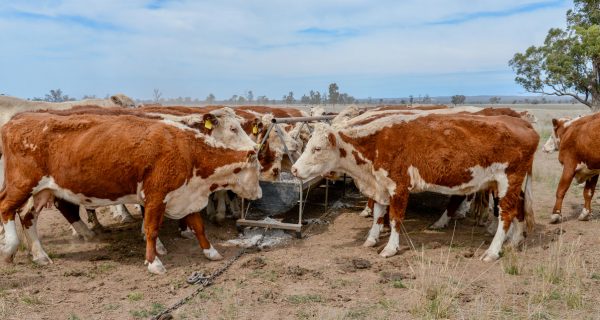

Information provided by Dr. Gary Ashton BVSc Dipl.All.Sc for The Pet Directory
When faced with feeding costs for cattle, remember it does not take long for a cow to eat her own value. Strategies must be made to offset the risks associated. Address a few options.
When can you expect rain?
How long are you prepared to feed, what is available, logistics involved, and how much money can you spend?
How much water is available? Water is very [really, too] expensive to cart every day. Dams and waterholes can become bogs and traps for weak cattle.
How to get the most from still available feed? If it rained now, how long before there is enough available feed?
Assess your stock needs in groups and paddocks. What animals should be culled?
*Highland cattle such as in the photo are very adaptable and good foragers. They will eat most plants and grasses. This is an advantage in drought conditions
Bulls are reasonably valuable, so need to be saved. Cull any old or injured animals.
Cows can be pregnancy tested and mouthed, wet and dry drafted. Old and broken mouthed cows have little future – cull. Empty dry cows should be culled [often best conditioned anyway]. Lactation is very energy demanding, wet cows need most feed so should be separated. Early weaning calves [requiring hand feeding or sale] down to 4-8 weeks is advisable with poor cows. Sell bobby calves up to 4-8 weeks as returns are often reasonably high if well covered. Early weaning often saves poor cows and gives a chance to return to pregnancy.
First to mid trimester pregnancy is not particularly energy demanding on cows, but the last trimester requires more energy. Very lean cows produce small calves and have little milk. The late pregnant group needs more feed and should be fed separately. First calf heifers need special care for both growth and lactation and the next pregnancy. In tough times sell this group as they are least likely to get back in calf. The core group to maintain is the 3-7 years old as they handle tough times best. Critically cull this group for type, temperament, and production records.
Steers/yearlings/weaners should be sold. Feeding for production can be considered (on farm feedlotting) but feeding for survival is questionable. Often the best decision is to sell early before excess weight loss occurs. Buy back in later after the drought is broken. Maintain a core of breeders only. As they say in central Qld: cull early and keep culling is the better strategy. They don’t feed apart from bypass protein/urea/molasses. Cost of feeding is enormous, especially when still left with poor cattle. Decisions are based purely on economics. Good luck and hopefully widespread rain occurs to stem an oversupply of poor cattle which takes pressure off the prices for better cattle. The market would turn around enormously with good rains.



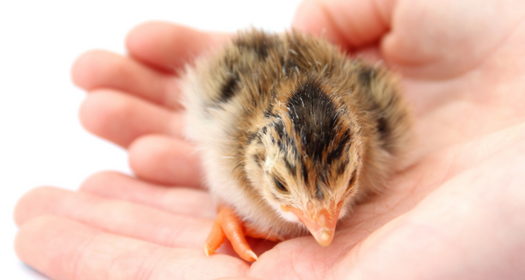
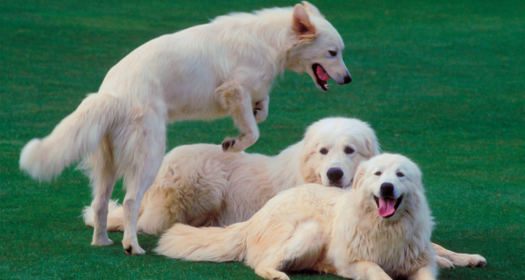
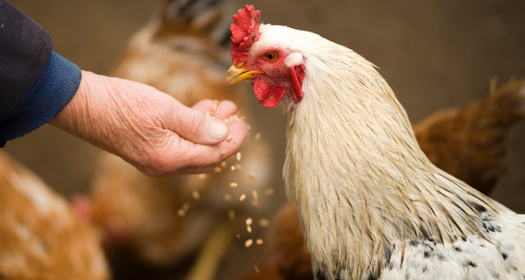
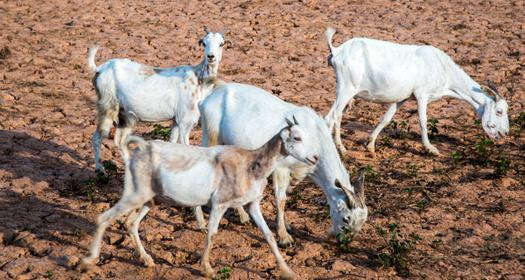
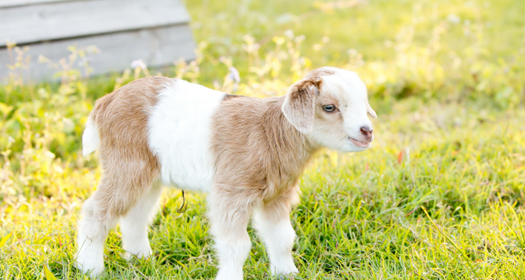



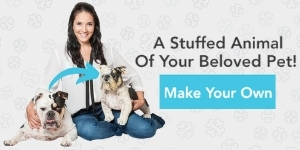
Leave Comment Below